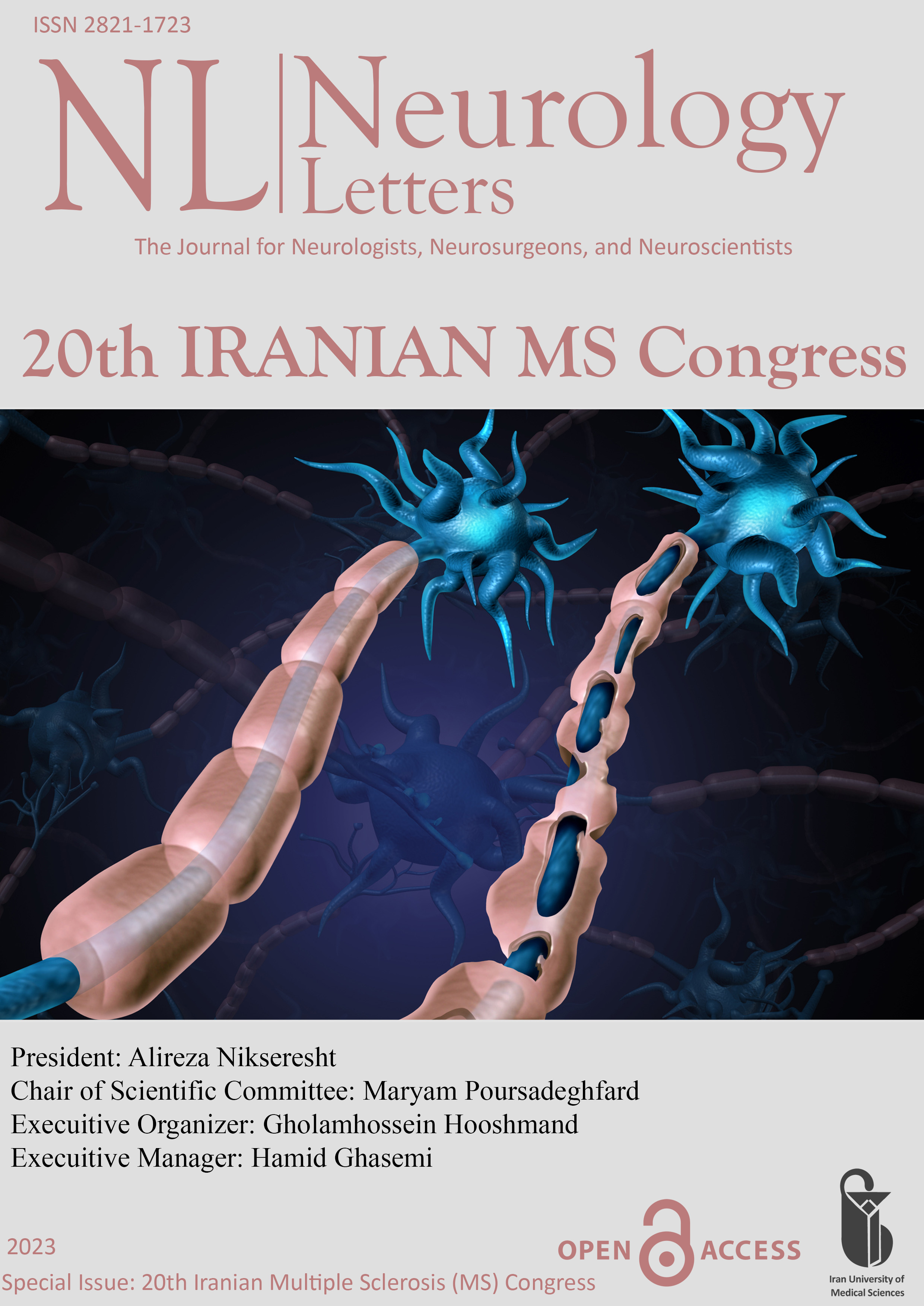The Role of Advanced MRI Techniques and Artificial Intelligence-based Methods In Diagnosis of Multiple Sclerosis (ORP-42)
Document Type : Oral Presentation
Author
MAHAK Hospital, Shahid Beheshti University of Medical Sciences, MAHAK Hematology Oncology Research Center (MAHAK-HORC), Department of Medical Imaging, Tehran, Iran
Abstract
MS is a common condition that affects the central nervous system, causing inflammation and damage to the spinal cord and brain. MRI is an important tool for assessing neurological diseases, and AI algorithms have improved the accuracy of lesion detection in MR images. The AIR Recon DL is a new deep learning-based MRI reconstruction pipeline that produces high-resolution images, allowing for better detection of small lesions in difficult areas of the brain. Quantitative Susceptibility Mapping (QSM) is an advanced MRI technique that is more sensitive to MS-related tissue changes, such as iron accumulation and demyelination. Diffusion Tensor Imaging (DTI) is another powerful technique that can assess microstructural changes in white matter, potentially predicting the development of acute MS lesions. Chemical Exchange Saturation Transfer (CEST) MRI is a novel pulse sequence that can detect biomolecules altered in MS that may not be visible on conventional MRI. Recent advancements in CEST MRI allow for monitoring of protein and glutamate content in MS patients. Magnetic Resonance Fingerprinting (MRF) is a new approach to quantitative MRI that can measure multiple tissue properties in a single acquisition, allowing for more objective diagnosis and comparison of scans taken at different times and locations. The ability to quantitatively evaluate MRF-derived relaxometry has been helpful in characterizing chronic demyelinating lesions. Overall, The aim of this study is to review the advanced MRI techniques and artificial intelligence-based methods in the diagnosis of Multiple Sclerosis.
Keywords
 Neurology Letters
Neurology Letters
